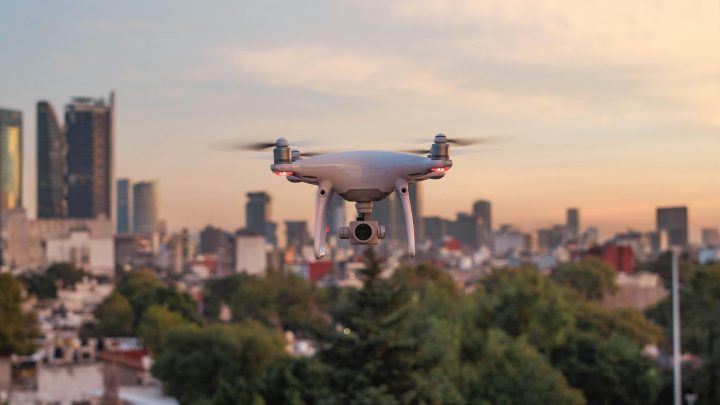The building envelope—the physical barrier between a structure’s interior and exterior—is fundamental to energy efficiency, resiliency, and operational savings. At QEA Tech, we leverage advanced thermography and AI-driven analytics to identify and quantify energy loss, inform targeted retrofits, and deliver measurable results. Our focus on envelope tightness is driven by its proven impact: reducing air infiltration and thermal leakage through the building’s exterior directly lowers energy loss and the heating, ventilation, and air conditioning (HVAC) load required to maintain desired internal temperatures. The EPA estimates that a well-sealed envelope can lead to an average of 15% savings on heating and cooling costs and an average of 11% savings on overall energy costs.
Retrofitting Envelopes to Optimize HVAC Performance
As energy costs rise and building codes increasingly require lower energy consumption, addressing envelope vulnerabilities is an important first step toward energy savings and building resiliency. 40% of the primary energy used in buildings in the United States can be attributed to heat transfer and leakages in building envelope components. Optimizing envelope components—walls, roofs, windows, and doors—can negate inefficiencies attributed to energy leakage and yield substantial reductions in HVAC operational costs, energy use, and carbon emissions.
As HVAC systems represent a major share of building energy consumption, improving envelope tightness directly influences HVAC design and operation. Reducing air and thermal leakage decreases heating and cooling demand, enabling the installation of smaller, more efficient HVAC units. This not only lowers initial capital costs but also reduces ongoing energy expenses, as a secure envelope helps maintain indoor temperatures more efficiently.
Proven Success: Energy Savings in Colorado
In Colorado, the renovation of the two-story, 46,000-square-foot Denver Federal Center achieved a reduction in air leakage of more than 50%. Researchers then used these results to simulate energy savings across different ASHRAE climate zones and building types, finding that enhanced airtightness could lead to substantial reductions in energy consumption and improve HVAC efficiency.

Rocky Mountain Institute, February 2017 https://rmi.org/wp-content/uploads/2018/10/RMI-Innovation-Center-Overview-2017.pdf
Further, the Rocky Mountain Institute (RMI) Innovation Center in Basalt, Colorado, designed to meet and exceed the most stringent airtightness standards, was meticulously engineered to minimize thermal bridging and air infiltration, allowing the HVAC system to operate at a fraction of conventional capacity. The Innovation Center uses 74% less energy than comparable office buildings with HVAC operational costs accounting for only 6% of total energy use. The project achieved a 4-year payback through these savings.
These case studies demonstrate that by prioritizing envelope-first design, developers and engineers can downsize HVAC equipment, cutting initial costs and significantly saving on operational energy use. Tightening the building envelope transforms HVAC from an energy hog into a pay-back tool as ‘the most efficient watt is the one never used.’
Understanding Building Envelope Performance First
The technical evidence is clear: tightening building envelopes is among the most effective strategies for reducing HVAC loads and optimizing building performance. The combination of reduced energy consumption, lower HVAC equipment requirements, and improved operational efficiency makes envelope improvements a critical component of high-performance building design and retrofit strategies. By prioritizing envelope improvements, stakeholders can ensure that subsequent upgrades are appropriately scaled, avoiding over-engineering and unnecessary costs.
As the industry continues to pursue electrification and decarbonization goals, envelope improvements provide the foundation for building an efficient, resilient, and sustainable built environment while optimizing capital and operational expenditures.
About QEA Tech
Understanding specific vulnerabilities in the building envelope can decrease the upfront costs of retrofits and provide a pathway to future energy savings. QEA Tech pioneered and patented technology that pinpoints weaknesses in the building envelope, quantifies energy loss and post-retrofit savings, and recommends targeted retrofit measures that optimize energy efficiency and return on investment. Its model is informed by the largest thermal dataset on building envelopes, collected from more than 700 buildings audited including commercial, industrial, institutional, multi-family, airports, and museums.
Interested in gaining a comprehensive understanding of risks and energy loss across your building envelope? Connect with QEA Tech for a free quote for your building portfolio.


